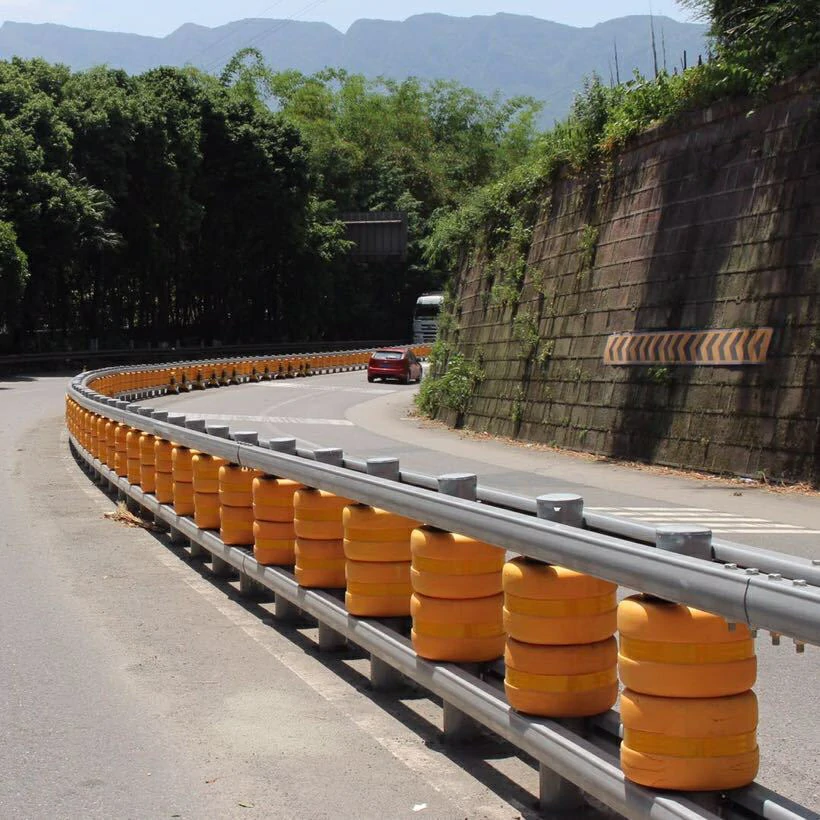Roller barriers, also known as rolling barriers or crash cushions, are safety devices designed to absorb and redirect the energy of a colliding vehicle during a roadway accident. Roller barriers primarily focus on enhancing road safety rather than directly impacting the energy consumption or operational costs of roadway lighting systems. However, the presence of roller barriers can indirectly influence certain aspects related to lighting and operational costs.
Here are considerations regarding the interaction between roller barriers and roadway lighting systems:
- Collision Prevention and Lighting Needs:
- Roller barriers are installed primarily for collision prevention and the safety of road users. Their presence does not directly impact the energy consumption or operational costs of roadway lighting systems.
- Adequate roadway lighting remains essential for visibility, especially during nighttime and low-light conditions, regardless of the presence of roller barriers.
- Avoidance of Light Pole Collisions:
- Roller barriers, by preventing vehicles from colliding with fixed obstacles such as light poles, may indirectly contribute to reducing damage to lighting infrastructure.
- This can minimize repair and maintenance costs associated with repairing or replacing damaged light poles.
- Maintenance Access Considerations:
- Roller barriers are designed to be crashworthy, absorbing energy upon impact. However, the positioning of these barriers may influence maintenance access to roadway lighting systems.
- Proper planning and installation are necessary to ensure that maintenance crews can easily access and service lighting infrastructure without obstruction from roller barriers.
- Visibility of Roadway Lighting:
- Roller barriers should be designed and installed in a way that does not obstruct the visibility of roadway lighting.
- Proper placement and configuration are crucial to maintaining the effectiveness of roadway lighting systems and ensuring that light is adequately distributed across the road.
- Impact on Roadway Aesthetics:
- Roller barriers may be considered as part of overall road safety measures, roller barrier suppliers but their presence should be balanced with aesthetic considerations.
- Harmonizing safety features with roadway aesthetics can contribute to public satisfaction and acceptance of infrastructure changes.
- Integration with Roadway Design:
- Integrating roller barriers into roadway design should account for the existing or planned lighting infrastructure.
- Coordination between safety measures and lighting systems helps achieve a cohesive and functional roadway environment.
While roller barriers themselves are not directly tied to the energy consumption of roadway lighting systems, it’s crucial to consider their integration into overall roadway design and safety planning. Proper planning ensures that both safety features and lighting systems work cohesively to create a well-functioning and energy-efficient roadway environment. Additionally, advancements in energy-efficient lighting technologies, such as LED lighting and smart lighting controls, can contribute to reducing the overall energy consumption of roadway lighting systems.
